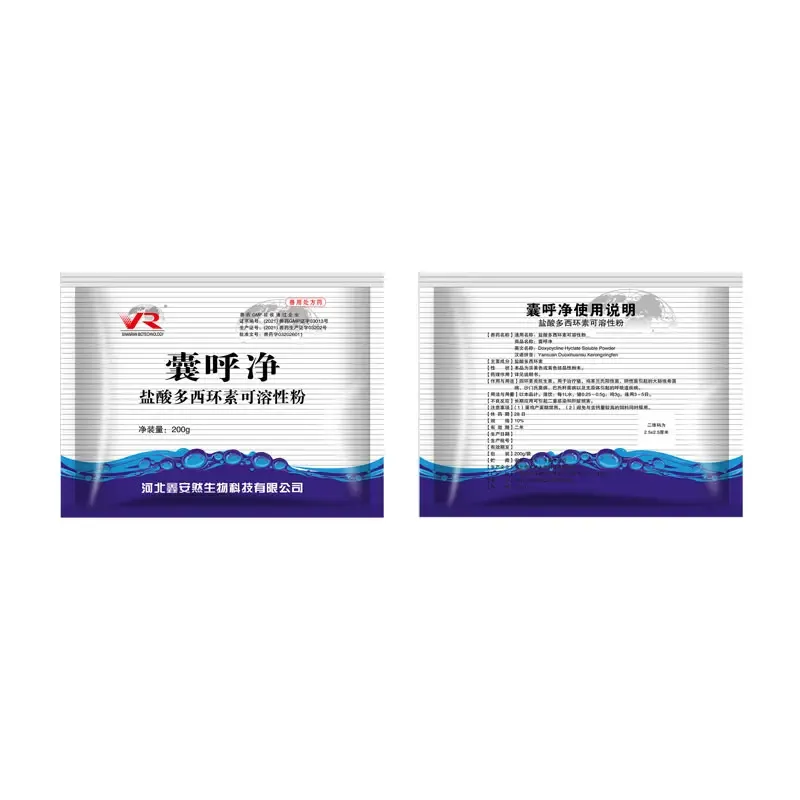- Afrikaans
- Albanian
- Amharic
- Arabic
- Armenian
- Azerbaijani
- Basque
- Belarusian
- Bengali
- Bosnian
- Bulgarian
- Catalan
- Cebuano
- Corsican
- Croatian
- Czech
- Danish
- Dutch
- English
- Esperanto
- Estonian
- Finnish
- French
- Frisian
- Galician
- Georgian
- German
- Greek
- Gujarati
- Haitian Creole
- hausa
- hawaiian
- Hebrew
- Hindi
- Miao
- Hungarian
- Icelandic
- igbo
- Indonesian
- irish
- Italian
- Japanese
- Javanese
- Kannada
- kazakh
- Khmer
- Rwandese
- Korean
- Kurdish
- Kyrgyz
- Lao
- Latin
- Latvian
- Lithuanian
- Luxembourgish
- Macedonian
- Malgashi
- Malay
- Malayalam
- Maltese
- Maori
- Marathi
- Mongolian
- Myanmar
- Nepali
- Norwegian
- Norwegian
- Occitan
- Pashto
- Persian
- Polish
- Portuguese
- Punjabi
- Romanian
- Russian
- Samoan
- Scottish Gaelic
- Serbian
- Sesotho
- Shona
- Sindhi
- Sinhala
- Slovak
- Slovenian
- Somali
- Spanish
- Sundanese
- Swahili
- Swedish
- Tagalog
- Tajik
- Tamil
- Tatar
- Telugu
- Thai
- Turkish
- Turkmen
- Ukrainian
- Urdu
- Uighur
- Uzbek
- Vietnamese
- Welsh
- Bantu
- Yiddish
- Yoruba
- Zulu
Dek . 11, 2024 10:51 Back to list
Tylosin Injection Dosage Guidelines for Poultry Health and Management
Tylosin Injection Dosage for Poultry Guidelines and Considerations
Tylosin is a macrolide antibiotic commonly used in veterinary medicine, particularly for poultry. Its primary purpose is to treat and control various bacterial infections, including mycoplasmosis, which affects chickens and turkeys. As with any medication, proper dosage is crucial to ensure its efficacy while preventing possible side effects or antibiotic resistance. In this article, we will explore the recommended dosages of tylosin for poultry, the formulation options available, and important considerations for its use.
Recommended Dosage
The dosage of tylosin for poultry varies depending on the species and the specific condition being treated. Generally, the recommended dosage for chickens is around 10 to 20 mg per kg of body weight administered intravenously, intramuscularly, or subcutaneously, generally for a period of 3 to 5 days. Turkeys typically receive a similar dosage range due to their physiological similarities to chickens.
It's important to note that tylosin is available in various forms, including injectable solutions and oral formulations. The injectable form allows for more direct treatment within the bloodstream, which can be beneficial in severe cases. For oral administration, tylosin is often mixed with the feed or water, allowing for easy consumption by the flock. The dosage for oral administration typically ranges from 100 to 200 grams per ton of feed or 50 to 100 mg/liter of drinking water, depending on the severity of the infection.
Administration Methods
1. Injection Tylosin can be injected subcutaneously or intramuscularly. Intravenous administration is less common due to the stress it can cause to the animal. It's essential to use sterile techniques when administering injections to prevent infections. The injection should be given in a clean and calm environment to minimize stress.
2. Oral Dosage When given through feed or water, it’s critical to ensure the entire flock gets the appropriate amount. Distributing the medicine evenly is paramount to avoid under-dosing or overdosing an individual bird. When treating with medicated feed, it’s advisable to consider the feed consumption rate, as this will affect overall intake.
tylosin injection dosage for poultry

Important Considerations
Veterinary Guidance Before administering tylosin to poultry, it is essential to consult a veterinarian. Proper diagnosis of the condition is necessary to ensure that tylosin is the appropriate treatment. A veterinarian can also help determine the right dosage and treatment duration based on the specific circumstances of the flock.
Withdrawal Period Tylosin has a designated withdrawal period before birds can be processed for human consumption. Generally, the withdrawal period is around 5-7 days, but it can vary based on local regulations and specific situations. Compliance with these guidelines is crucial to ensure food safety.
Monitoring Health When administering tylosin, poultry farmers should monitor the health of the flock closely. Signs of improvement should be evident within several days. If no significant improvement is seen, it may indicate antibiotic resistance or a different underlying health issue that may require reevaluation and potentially alternative treatments.
Side Effects While tylosin is generally well-tolerated, some birds may experience side effects, including local irritation at the injection site or gastrointestinal disturbances when given orally. Observing the flock for any adverse reactions after treatment initiation is essential.
Environmental Impact The use of antibiotics like tylosin can have significant implications for environmental health, as residues may enter the ecosystem through waste. Proper waste management and adherence to withdrawal guidelines can help mitigate this risk.
Conclusion
The usage of tylosin in poultry requires careful consideration regarding dosage and administration methods. Its effectiveness in treating bacterial infections makes it a valuable tool in veterinary medicine. However, responsible usage, guided by veterinary advice, is essential to minimize risks, ensure the health of the flock, and comply with food safety regulations. By adhering to proper dosage guidelines and monitoring flock health, poultry producers can better ensure the well-being of their birds and the safety of the food supply chain.
-
Guide to Oxytetracycline Injection
NewsMar.27,2025
-
Guide to Colistin Sulphate
NewsMar.27,2025
-
Gentamicin Sulfate: Uses, Price, And Key Information
NewsMar.27,2025
-
Enrofloxacin Injection: Uses, Price, And Supplier Information
NewsMar.27,2025
-
Dexamethasone Sodium Phosphate Injection: Uses, Price, And Key Information
NewsMar.27,2025
-
Albendazole Tablet: Uses, Dosage, Cost, And Key Information
NewsMar.27,2025













